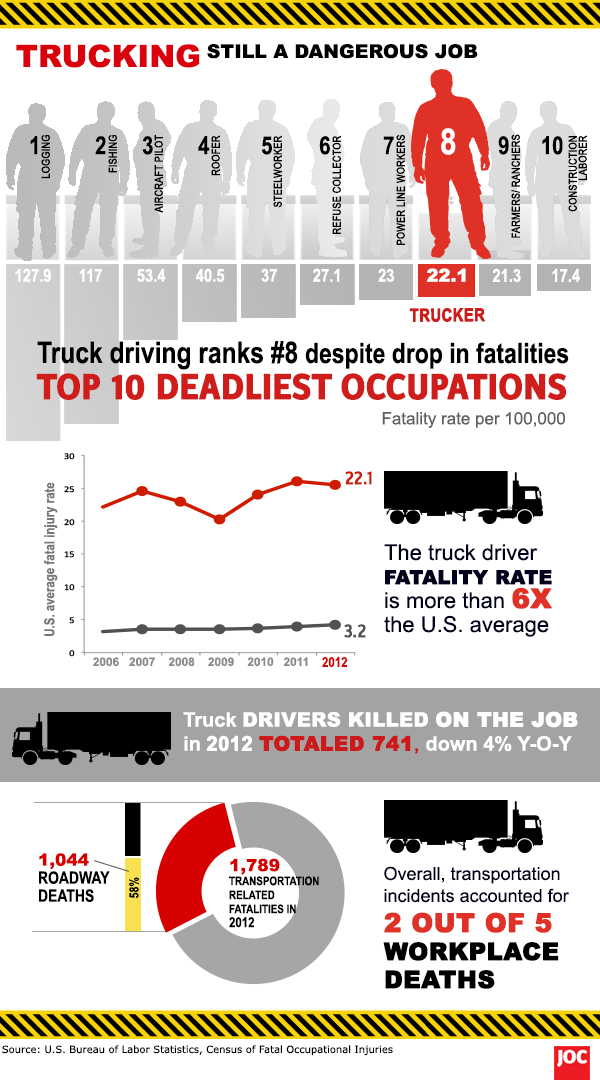
English: Flag of the International Atomic Energy Agency (IAEA), an organization of the United Nations Deutsch: Flagge der Internationalen Atomenergieorganisation (IAEO), eine Organisation der Vereinten Nationen (Photo credit: Wikipedia)
As a team leader reporting to the Section Head, the Unit Head develops the IAEA‘s programme on the safe transport of radioactive material and leads the Unit’s activities to ensure the efficacy of the IAEA’s programme on a global level.
The Unit Head has several roles:
- a programme coordinator in a specialized, multilateral environment with diverse views on the issues, finding practical solutions and presenting arguments that can achieve results;
- a senior specialist whose extensive experience in and knowledge of the area form the basis for mutual respect vis-à-vis high-level regulators and operators in Member States,
- a manager ensuring that programmes and tasks are implemented effectively;
- an adviser/promoter conveying to multiple audiences the IAEA’s vision and mission in this area; and
- a facilitator of inter-organizational cooperation in transport safety and cooperation with other organizational areas in the IAEA dealing with this area of work.
The Division of Radiation, Transport and Waste Safety develops and maintains standards for radiation protection, radioactive waste safety and safety in the transport of radioactive material that enable the beneficial uses of radiation to be exploited while ensuring appropriate protection of workers, the public and patients. It also assists Member States in the implementation of these standards and provides related appraisals and services.
The Regulatory Infrastructure and Transport Safety Section (RITS) is responsible for developing and providing Member States with safety standards, guidance and tools to foster regulatory infrastructure for the control of radiation sources, for the safe transport of radioactive material, and for managing information on the identification of needs in Member States that would be used to improve radiation, transport and waste safety.
The Transport Safety Unit is responsible for establishing and maintaining safety standards related to the worldwide safe transport of radioactive material, including the IAEA’s Regulations for the Safe Transport of Radioactive Material, and to appraise the application of the safety standards in Member States. This includes efforts to foster the harmonized incorporation of the Transport Regulations and other associated safety standards by international organizations, and dangerous goods and modal organizations. In addition, the Unit manages projects concerned with key aspects of the Transport Regulations, provides training related to the safe transport of radioactive material, and operates and maintains databases relating to transport issues. The Unit convenes meetings to guide its activities, involving experts from Member States and associated international organizations, including the periodic convening of the Transport Safety Standards Committee (TRANSSC). It is also involved in the provision of technical cooperation for Member States, including training activities.
The environment of the Division of Radiation, Transport and Waste Safety is dynamic, participative and interactive with continuous inputs received from internal technical counterparts and external counterparts in Member States, from other international organizations and from the international scientific community.
Click here to learn more.











